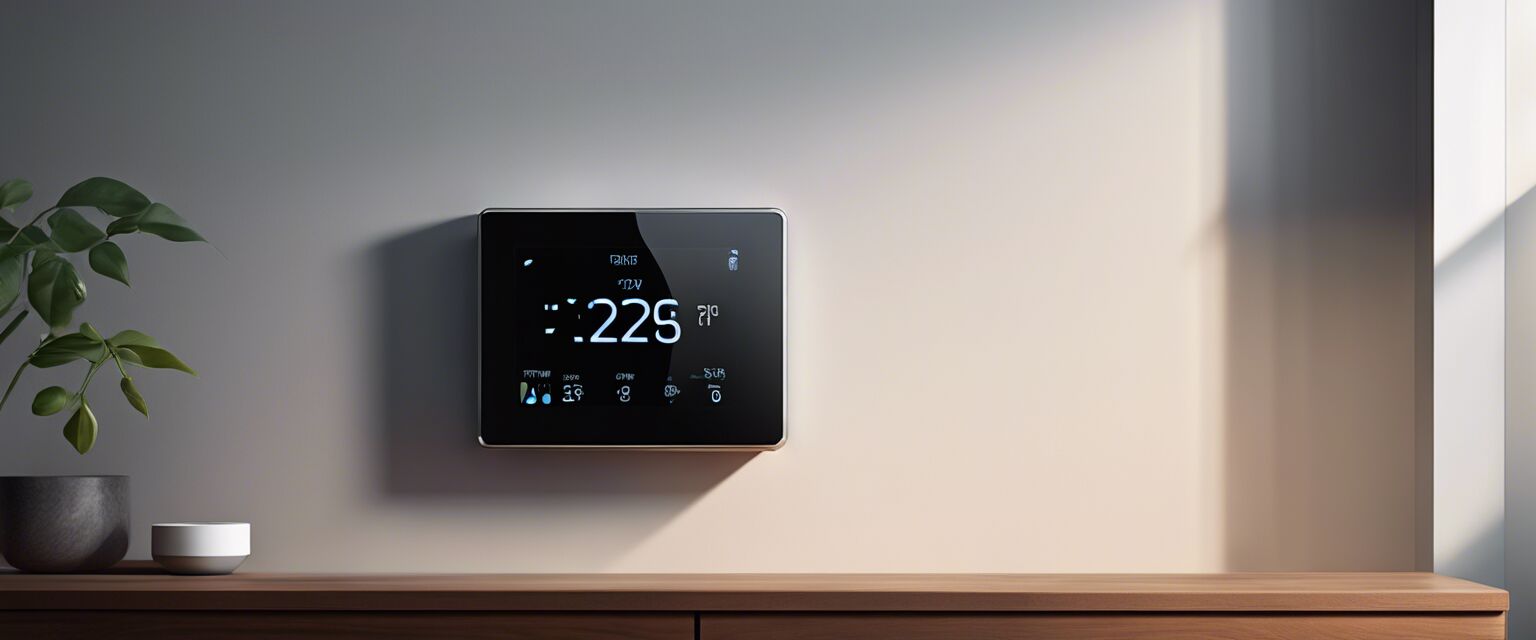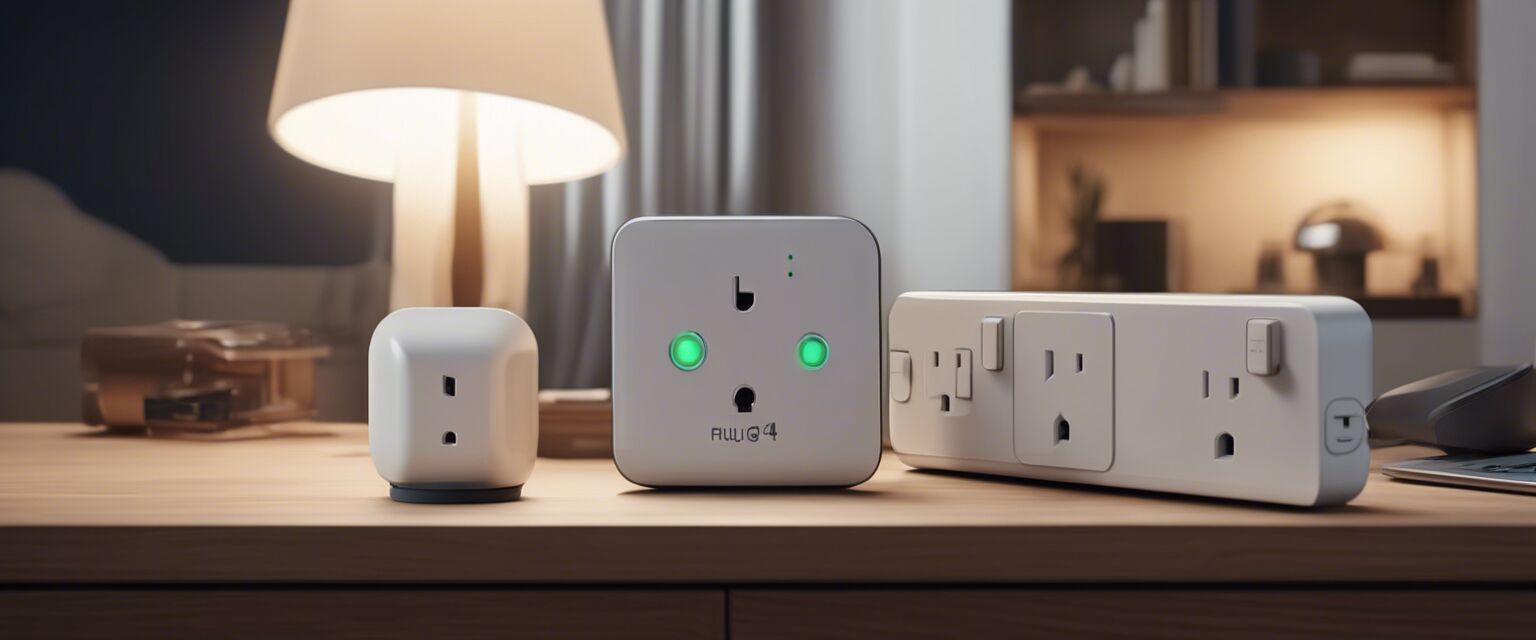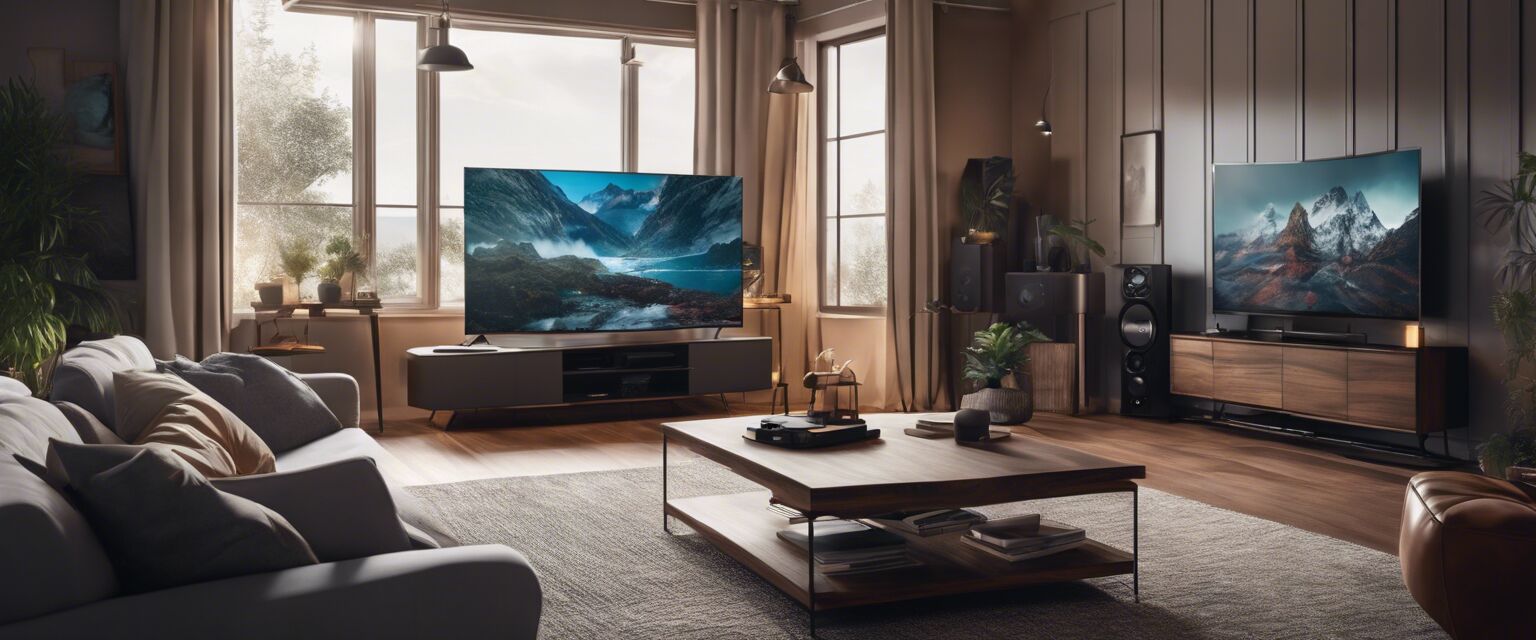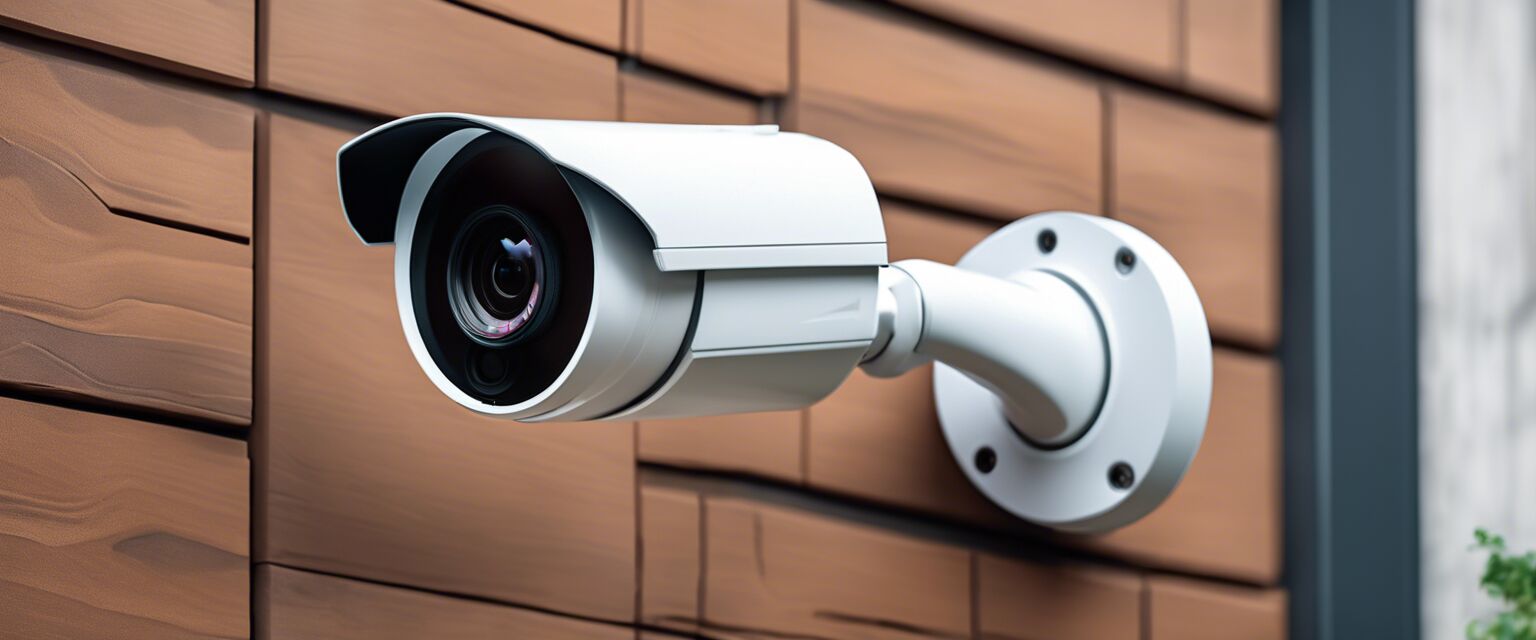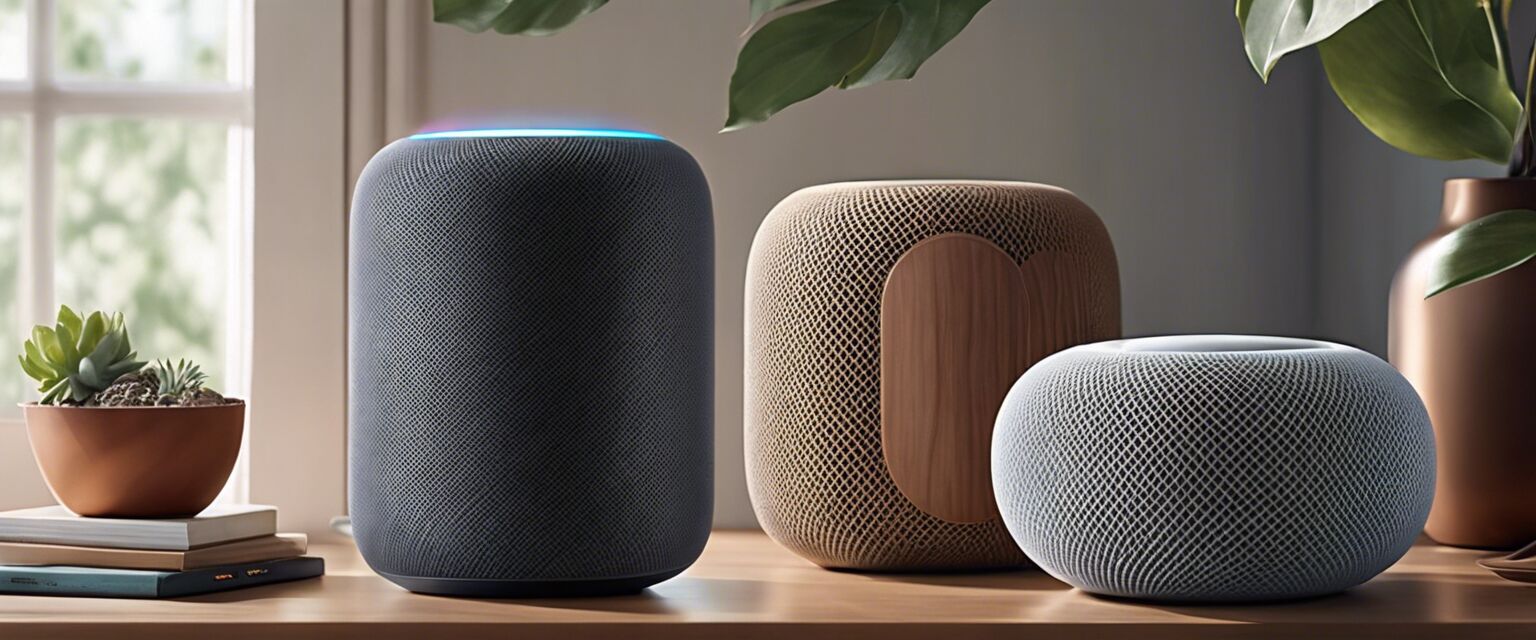
Voice Assistants
Voice assistants have revolutionized the way we interact with technology in our homes. From smart speakers to smart home devices, these assistants can help manage daily tasks, control other devices, and provide information at your request. This article explores various voice assistants, their functionalities, and guides on how to get started with them.
Key Takeaways
- Voice assistants like Amazon Alexa, Google Assistant, and Apple Siri make daily tasks easier.
- They can control smart home devices, set reminders, play music, and answer questions.
- Each voice assistant has unique functionalities tailored to different ecosystems.
- Integration with other devices enhances the usability and efficiency of voice assistants.
What are voice assistants?
Voice assistants are AI-driven applications that utilize voice recognition technology to understand and respond to voice commands. They are integrated into various devices, enabling users to control their environment simply by speaking.
Popular Voice Assistants
| Voice Assistant | Compatible Platforms | Main Features |
|---|---|---|
| Amazon Alexa | Amazon Echo devices, Fire OS, iOS, Android | Smart home control, voice shopping, music playback |
| Google Assistant | Google Home devices, Android, iOS | Smart home control, Google search, calendar management |
| Apple Siri | iOS, macOS, watchOS, HomePod | Device control, messaging, setting reminders |
| Microsoft Cortana | Windows 10, iOS, Android | Productivity tools, reminders, smart device control |
How voice assistants work
Voice assistants operate through a combination of voice recognition, natural language processing, and artificial intelligence. When you speak to a voice assistant, it captures your voice command, processes it to understand the intent, and responds accordingly. The integration with smart home devices allows these assistants to perform various tasks seamlessly.
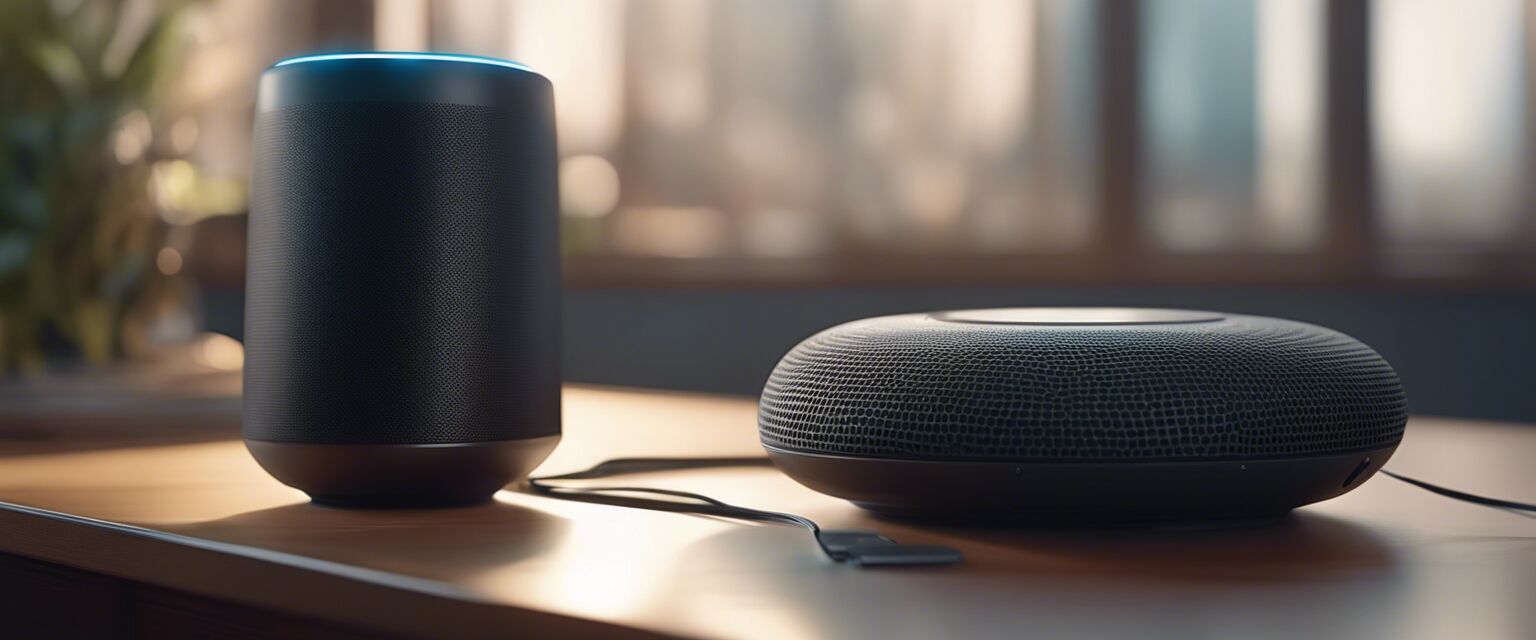
Setting up your voice assistant
Getting started with a voice assistant requires minimal setup. Hereâs a step-by-step guide that applies to most devices:
- Choose your voice assistant: Select a voice assistant that best suits your ecosystem.
- Download the app: Install the corresponding app on your smartphone or tablet (e.g., Amazon Alexa, Google Home).
- Connect your account: Sign in with your account or create a new one.
- Connect devices: Follow the prompts to connect your smart devices.
- Train your voice: Some assistants allow you to train them to better recognize your voice.
- Customize settings: Adjust privacy, communication preferences, and linked services.
Tips for beginners
- Start with few commands and gradually explore more functionalities.
- Keep your voice assistant updated with the latest software to access new features.
- Use the app to analyze usage statistics and optimize performance.
- Explore compatible third-party apps and devices to extend your assistant's capabilities.
- Regularly review and manage privacy settings for a more secure experience.
Using voice assistants for home automation
Voice assistants provide a powerful interface for controlling smart home devices. Below are some examples of compatible devices and how they can be utilized with voice commands:
| Device Type | Voice Command Examples | Features |
|---|---|---|
| Smart Lighting | âTurn off the living room lights.â | Control brightness and color of lights |
| Smart Plugs | âSwitch on the coffee maker.â | Remotely control power to devices |
| Smart Thermostats | âSet the thermostat to 72 degrees.â | Adjust temperature settings |
| Security Cameras | âShow the front porch camera.â | Monitor home security |
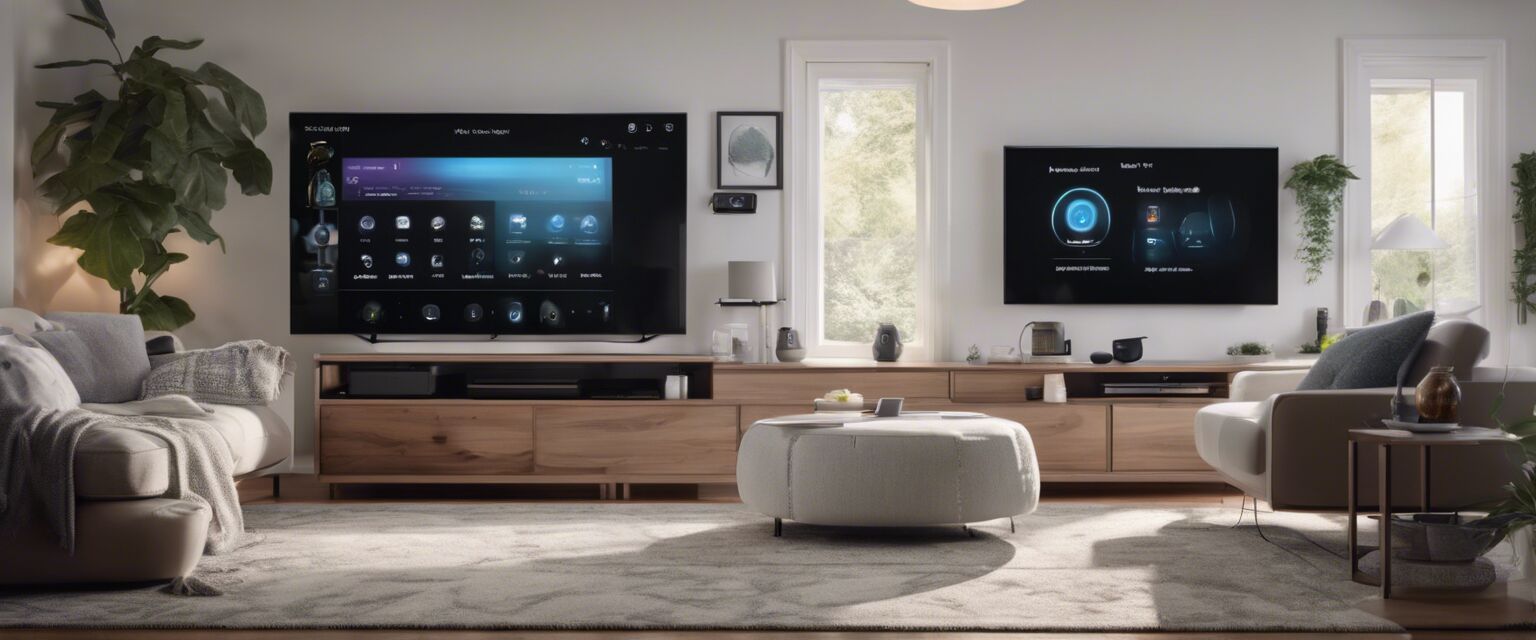
Limitations of voice assistants
While voice assistants are incredibly useful, they do have some limitations:
Pros
- Hands-free operation enhances convenience.
- Multiple functionalities reduce the need for dedicated devices.
- Integration with numerous devices improves home management.
Cons
- Privacy concerns regarding data storage and surveillance.
- Dependency on internet connectivity for functionality.
- Occasional misunderstanding of commands.
Future of voice assistants
The future of voice assistants looks promising as technology evolves. We can expect:
- Improved voice recognition accuracy.
- Greater integration with AI for personalized experiences.
- Enhanced security features to protect user data.
- Broader range of compatible smart devices.
Conclusion
Voice assistants are undeniably changing the way we interact with our homes and technology. By understanding their functionalities and capabilities, you can harness their potential for a smarter, more efficient living environment. As you explore various devices and ecosystems, you'll discover the endless possibilities they offer.

